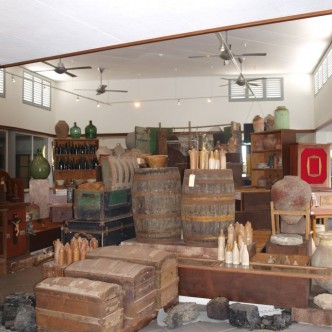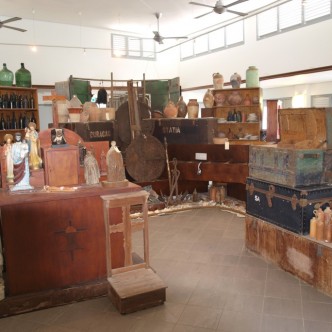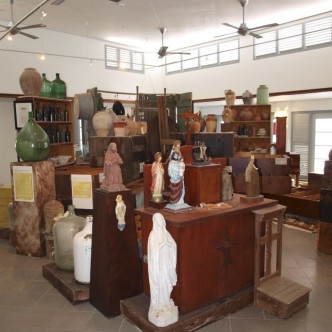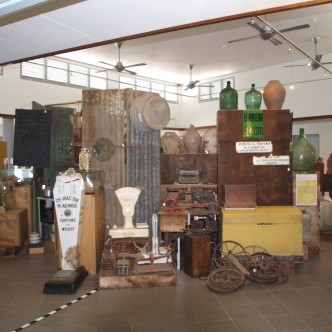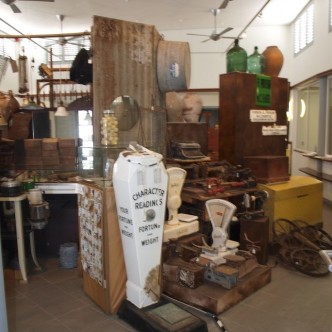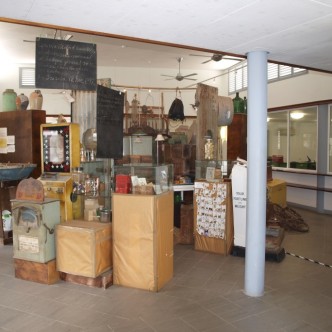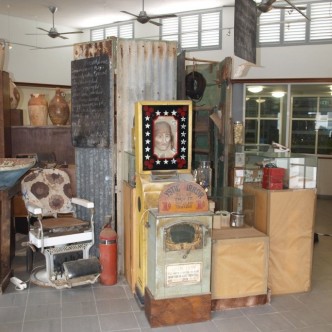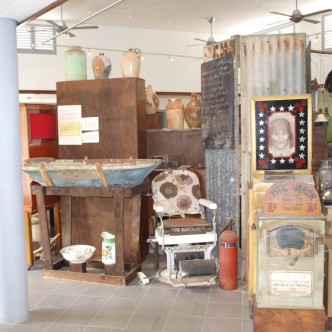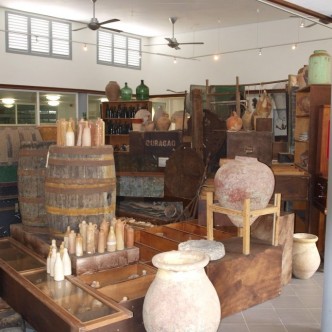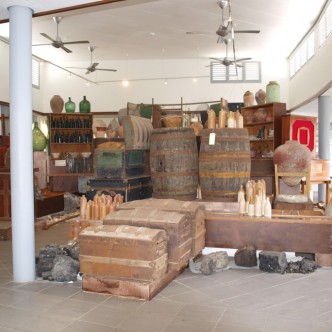Free ports of the Caribbean
Commissioned by: National Archeological and Anthropological Museum
The installation by the Tirzo Martha is an interpretation of life in Willemstad (Curacao) and Oranjestad (St. Eustatius) in the 18th and beginning of the 19th Century when there was a flourishing trade between the neighboring Colonies in the Caribbean area, North and South America, Europe and Africa—virtually encompassing the entire Atlantic World.
As well as legal and illegal trading in people, weapons, sugar, rum, cotton, cacao, coffee and many other objects for use were also traded. Trade ships and pirates also sailed everywhere in the Atlantic World. The commercial routes were also escape routes for slaves and supply sources for new ideas concerning equality, freedom and democracy. Fighters for freedom and independency from Haiti, Gran Colombia and the Dominican Republic were all welcome here.
All these influences came together in the Free ports of the Caribbean. Daily life on these islands was thus an enormous pulsing blend of merchants, traders, sailors, innkeepers, musicians and refugees from numerous countries from around the world.
That environment has been cleverly reflected by Tirzo Martha in his installation.

